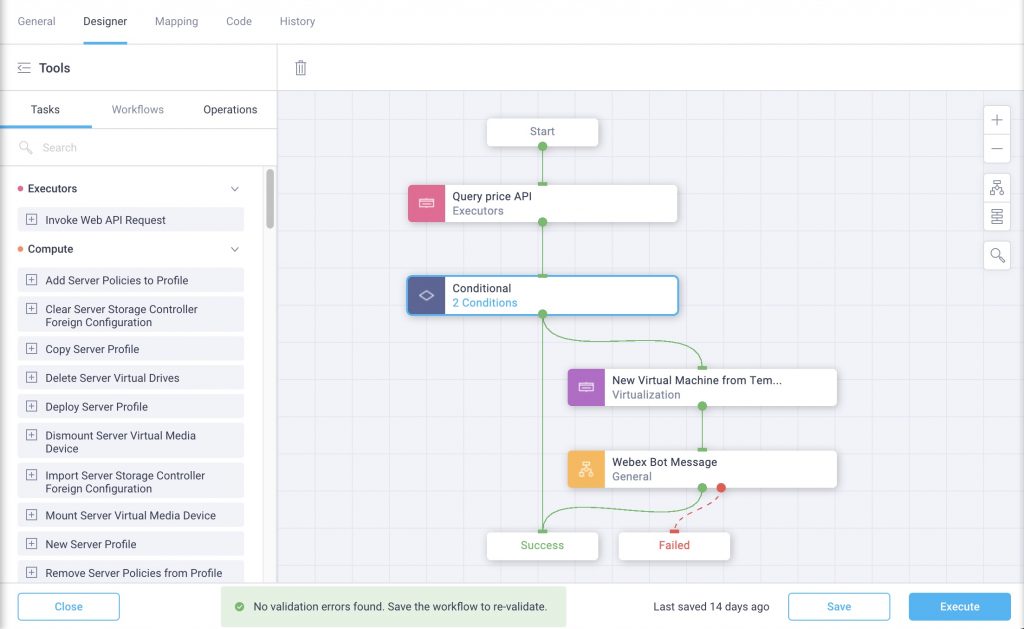One of my most memorable work-related travel adventures was a visit to Denmark. Here, the event ‘happy hour’ was spent enjoying the rides and attractions at the Tivoli Gardens amusement park in Copenhagen. For those not familiar, Tivoli is one of the oldest amusement parks in the world, operating since 1843.
After being mesmerized by the colorful lights that guide you, you will stumble upon attractions like the most creative fun house ever constructed. You may even discover a ride inspired by the fairy tales of Denmark’s own Hans Christian Andersen! After hours of enjoyment, you can’t help but wonder if the creators imagined people would still be enjoying this park more than 175 years later. The design and hard work put into the layout, rides, eateries, and open spaces is notable. Most can consider the initial investment of time spent to create Tivoli was well worth the trouble, for something that has brought a repeatable, predictable, and desirable experience.
Fast forward
Let’s take our story forward into the technology world of today, where time is scarce. IT teams are facing similar problems as the Tivoli engineers. How much effort should be put into a task, and how much value will they get from it. Common IT tasks that are straightforward on a small scale can quickly prove overwhelming at larger scales to IT Operations teams struggling to deliver their services ever faster and cheaper.
In order to save time, automation tends to be the go-to solution. When we automate, we take a redundant activity and let the machine do the work. Typically this involves smaller things: spinning up a Virtual Machine here, configuring a VLAN there, or a new storage volume way over there. Scoped on a per operator basis, the person or team who does a specific task, does this for their own needs, usually by writing a small script. Think of this as a single ride at Tivoli, running all by its lonesome self, with no park around it. In order to create the ‘park’, we have to join those pieces – orchestrate them – so they work together to accomplish the final desired result.
Orchestration can help IT teams to easily manage their complex tasks and workflows, even at scale, where a manual approach is not feasible. Opportunely, one of Intersight’s founding principles is to simplify the lives of IT professionals.
Introducing Intersight Cloud Orchestrator
Your project may not be quite as grand as Tivoli, but it can feel that way. Orchestration with Intersight can help.
Many orchestration platforms promise to address the challenge of doing it all, but tend to fall short. Through the synchrony of automated actions as an intelligence-driven, cloud-based operations platform, what Intersight provides is unique. It can visualize the entire infrastructure across on-premises and in the cloud. Where the intelligence gathered allows a deeper understanding of interactions and dependencies in the infrastructure. With this data, you can then orchestrate the infrastructure from individual elements, to the management of entire systems, applications, and services.
This offering can result in a significant time savings to both the operator and the consumer. Using the Workflow Designer, you get a UI that provides a low/no code experience, where repeatable workflows can be built with minimal coding knowledge. The visual, building block canvas allows for cross team collaboration. And service owners can build repeatable tasks for their area of expertise, or they can leverage ones already provided. With these parts, an orchestrated workflow can be built, without the need for domain expertise. If something doesn’t work as expected, visual elements ease troubleshooting, outlining the exact step that failed and the errors returned. If you decide to troubleshoot another day, simply roll back to a previous run with the click of a button.
What to look forward to
With this release, the framework for enterprise class orchestration is here. Built with cloud in mind, Intersight Cloud Orchestrator (ICO) will show us exciting new capabilities with each weekly release. Look forward to cloud native connections, AI/ML use cases, and increased application layer functionality. ICO allows administrators to more easily plan for – and react to – what lies ahead.

Thank you for this detailed information about taking a ride into Orchestration with cloud experience.
Thank you for this detailed information about taking a ride into Orchestration with cloud experience.